I’ve never had any trouble getting students to be quiet, take notes, and look at me while I talk. Most of my literature classes are devoted group discussions in which I am more moderator than participant. Yet when I do speak, students take their cues and appear to be all ears.
Being quiet and dutiful, however, is not the same as listening. Listening requires intention and offers a kind of unspoken invitation to the speaker. Listening is the result of an exchange between speaker and audience that is more than mere passing of information from one to another. It’s a kind of intimacy.
As an English teacher, I have spent years trying to cultivate this intimacy yet fearing it at the same time. No matter how easily kids share opinions, their discussions are primarily intellectual. Kids are not so much listening and sharing as they are asking and answering questions. During fleeting moments—usually when I find myself spontaneously sharing a personal anecdote—I feel this other, more authentic kind of listening. It always feels like uncharted territory.
When I went to my first Moth StorySLAM at Beacon High School where I teach, I witnessed this kind of exchange between storyteller and listener. I saw quiet students from my English classes, where they had been reluctant to participate, commanding the energy of an entire theater. All 10 storytellers made me care about what they had to say. And moreover, they made everyone else in the room feel the same way. I sensed that I was not feeling my feeling alone. We—storyteller and audience—were all in each story together.
I left the slam inspired, and that night, I made notes about a true story I too could imagine telling. I read and re-read the story until I could tell it to myself by memory. A few weeks later, in my twelfth grade creative writing class, students were voluntarily getting up and reading or performing poems they had recently written. Toward the end of the class, when it was clear that no one else wanted to share work, I walked to the front of the room. Scared, nervous as hell, and only half-certain of what I was doing and why I was doing it, I told the story I had rehearsed.
I recall getting to the crux of my story and the kind of silence that pervaded the room. It was unlike any silence I have ever felt in the front of a classroom. There was an intention behind their attention. It was as if the kids were actually expectant, like something I was saying addressed a question or concern of which they were not even aware.
A story sets up a contract in which the audience expects a payoff, and as I was telling the story I didn’t know if I could deliver that result. But I felt that my students wanted me to get to that payoff. And I knew I couldn’t get to this payoff without being truthful and personal. I couldn’t use my discipline or lesson plan as a shield. They were listening, not because I wielded some authority over them, but because in sharing my true story, they had begun to care.
Now, when I plan the way I want to plunge into the year, I think of a true story I can use to illustrate who I am. I introduce myself through sharing a story, often a story about teaching. On the last day of class, when we reflect on our 10 months together, students never remember the details of my syllabus. They always remember the story.
Mary Whittemore is an English teacher at The Beacon School in New York City.
“On the last day of class, when we reflect on our 10 months together, students never remember the details of my syllabus. They always remember the story.”
